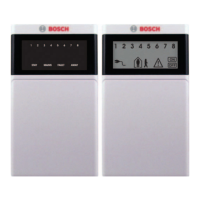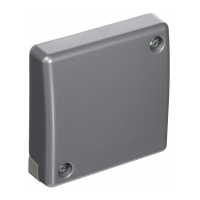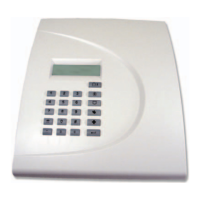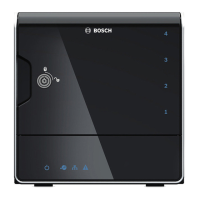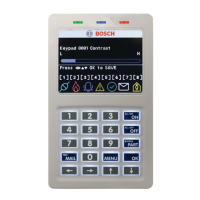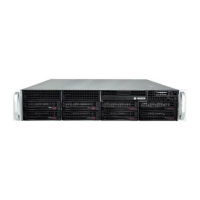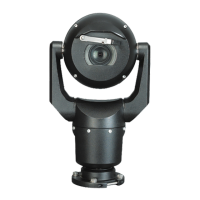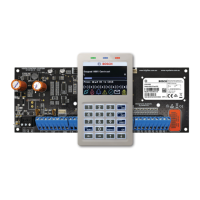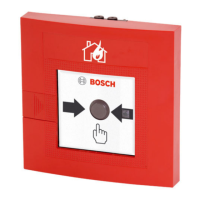In addition to the CAN-bus data signal, network cabling also carries the balanced monitor audio signal for monitoring
the power amp inputs and outputs. This monitor-bus allows software-controlled monitoring of the input and output si-
gnals of all power amps that are included in the remote network, without the need for additional wiring. This balanced
line level audio signal is present at the UCC1’s XLR-type MONITOR Output connector. Typical uses include connecting
it to a spare input of a mixing console or an active monitor speaker so that an engineer can easily monitor the audio
signal at the input or output of any amplifier on the network. The CAN-bus standard provides several different data
transfer rates, with the data rate being indirectly proportional to the bus cable length. Small networks allow baud rates
up to 500 kbit/s. For very large networks reducing the baud rate (minimum 10 kbit/s) is necessary. The following table
indicates the relation between baud rate and bus length or in other words network dimensioning:
Data transfe rrate Bus Length
500 kbit/s 100 m
250 kbit/s 250 m
125 kbit/s 500 m
62,5 kbit/s 1000 m
20 kbit/s 2500 m
10 kbit/s (Default) 5000 m
IRIS-Net
IRIS-Net | en 72
Bosch Security Systems B.V. User Manual 2017.05 | 3.20 | F.01U.119.956
